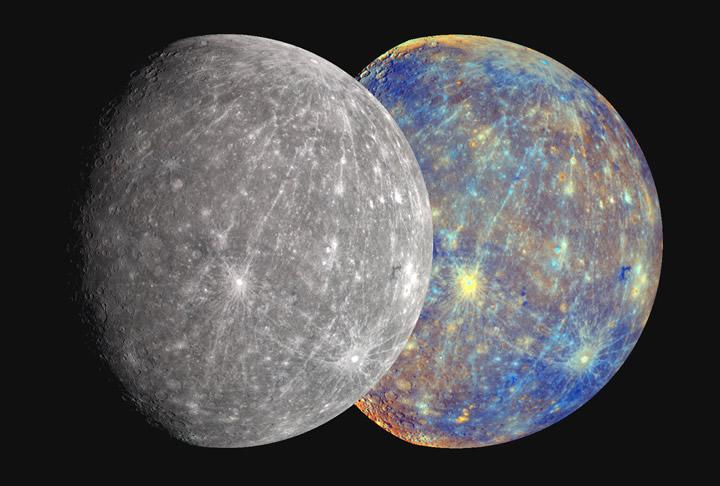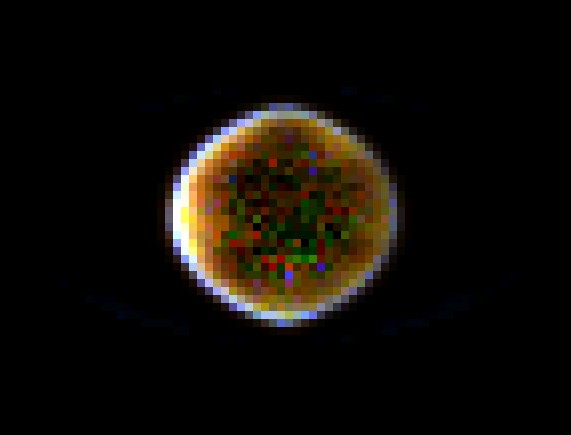
Current Moon Phase




Born in 1963 I watched the lunar landings live on tv in the middle of the night in 1969,
and afterwards I went to bed, and I could swear I saw the little men standing there on the moon. :-)
Later I wanted to become an astronomer, but didn't get the chance...
I also remeber I'd like to stare into the sun for minutes at a time, untill it seemed dark,
and also I fantasized it was just a big hole in the sky....
I'm fascinated with everything that goes on in the skies, I like thunder/lightning, the sometimes
wonderful dutch clouded skies, have seen meteorites,
and back in the 80's I saw a real UFO. It was red, flying very high and crossed the entire sky
in maybe 5-10 seconds or so, too fast to be a sattelite. Was no meteorite either.
www.techdo.com/

Here on planet Earth, we're completely oblivious to the grand scale of things in the universe. Much the way we perceive dust particles as being insignifcant, universally speaking we are not much more than this. The scale of things is mind blowing!

Apollo was also the god of music, and played the lyre.

Let's take a look at our own Sun for a sense of scale. Our familiar star is a mighty 1.4 million km across. That's such a huge number that it's hard to get a sense of scale. The Sun accounts for 99.9% of all the matter in our Solar System. In fact, you could fit one million planet Earths inside the Sun.
But that's nothing. The largest known star is VY Canis Majoris; a red hypergiant star in the constellation Canis Major, located about 5,000 light-years from Earth. University of Minnesota professor Roberta Humphreys recently calculated its upper size at more than 2,100 times the size of the Sun. Placed in our Solar System, its surface would extend out past the orbit of Saturn. Light takes more than 8 hours to cross its circumference!
The largest stars will be the cool supergiants. For example, VY Canis Majoris is only 3,500 Kelvin. A really big star would be even cooler. At 3,000 Kelvin, a cool supergiant would be 2,600 times the size of the Sun. A solar radius is 690,000 km and a solar mass is 2 x 1030 kilograms. That's 2,000,000,000,000,000,000,000,000,000,000 kg.
One huge, famous star in our galaxy is the monster Eta Carinae, located approximately 7,500 light years away, and weighing in at 100 solar masses. It's 4 million times as bright as the Sun. Most stars blow with a solar wind, losing mass over time. But Eta Carinae is so large that it casts off 500 times the mass of the Earth every year. With so much mass lost, it's very difficult for astronomers to accurately measure where the star ends, and its stellar wind begins.
So the best answer astronomers have right now is that Eta Carinae's radius is 400 times the size of the Sun. And one interesting side note: Eta Carinae should explode pretty soon as one of the most spectacular supernovae humans have ever seen.
http://www.techdo.com/images/largest-know-star.htm
The Sun in comparison to (much!) larger stars
An animated gif, starting with Earth, ending with the biggest of all stars!
Here on planet Earth, we're completely oblivious to the grand scale of things in the universe. Much the way we perceive dust particles as being insignifcant, universally speaking we are not much more than this. The scale of things is mind blowing!
The last star is called VY Canis Majoris, a hypergiant star located 5,000 light years from earth and is considered to be the largest star discovered in the universe. Assuming the upper size limit of 2100 solar radii, light would take more than 8 hours to travel around the star's circumference.

Mercury was the god of travellers. He had a winged hat and sandals, so he could fly. He carried a staff which also has wings and two snakes winding round it.
He was also the god of thieves. When he was only a few days old, he stole the cows of Apollo. Mercury made special shoes for the cows and made them walk backwards, so no-one could follow their tracks. Eventually Apollo noticed that Mercury was playing a new musical instrument called a lyre, strung with cow-gut and worked out that Mercury had stolen his cows. Apollo was furious with Mercury, but thought the lyre was wonderful. So they agreed that Mercury could keep the cows and Apollo would get the lyre.
Mercury was also the god of science and business. I think that he's the god of the Internet as well!


There was a Golden Apple with "For the Fairest" written on the side. Venus, Juno and Minerva all wanted it. They decided to let a man, Paris, judge between them. They were all so beautiful that he couldn't make his mind up. So Juno said she would make him powerful. Minerva said she would make him wise. Venus offered him Helen, the most beautiful woman in the world. He chose Venus, and Helen. Unfortunately Helen was married to someone else, and when Paris carried her off to his home at Troy, her husband came with his allies to get her back. Paris and all his family were killed and Troy was destroyed. One of the few Trojans to survive the Trojan War was Aeneas, the son of Venus. He went to Italy, and was the ancestor of the Romans.


Uranus was the sky, and his wife Gaia was the earth. They had many children, including giants. They had a violent argument and split up. Ever since the earth and sky have been apart.



Diana was the goddess of the moon. Her twin brother Apollo was the god of the sun.
Diana carried a bow and arrows. She was the goddess of hunting. Once she was bathing in a forest pool. A hunter called Actaeon spied on her. So Diana turned him into a stag and he was chased by his own hunting dogs.
She helped women in child-birth, because her mother Leto gave birth to her and her twin brother so easily.





The Romans were great soldiers and thought Mars, the god of War, was very important. They said that he was the father of Romulus and Remus, the founders of Rome. When Romulus and Remus were babies, they were left to die. But they were found by a mother wolf, who suckled them. Romulus gave his name to Rome.
The Campus Martius or field of Mars, was next to the river Tiber in in ancient Rome. It was used to train soldiers and hold horse races. March was called after Mars because that was when the soldiers started fighting again after winter.







